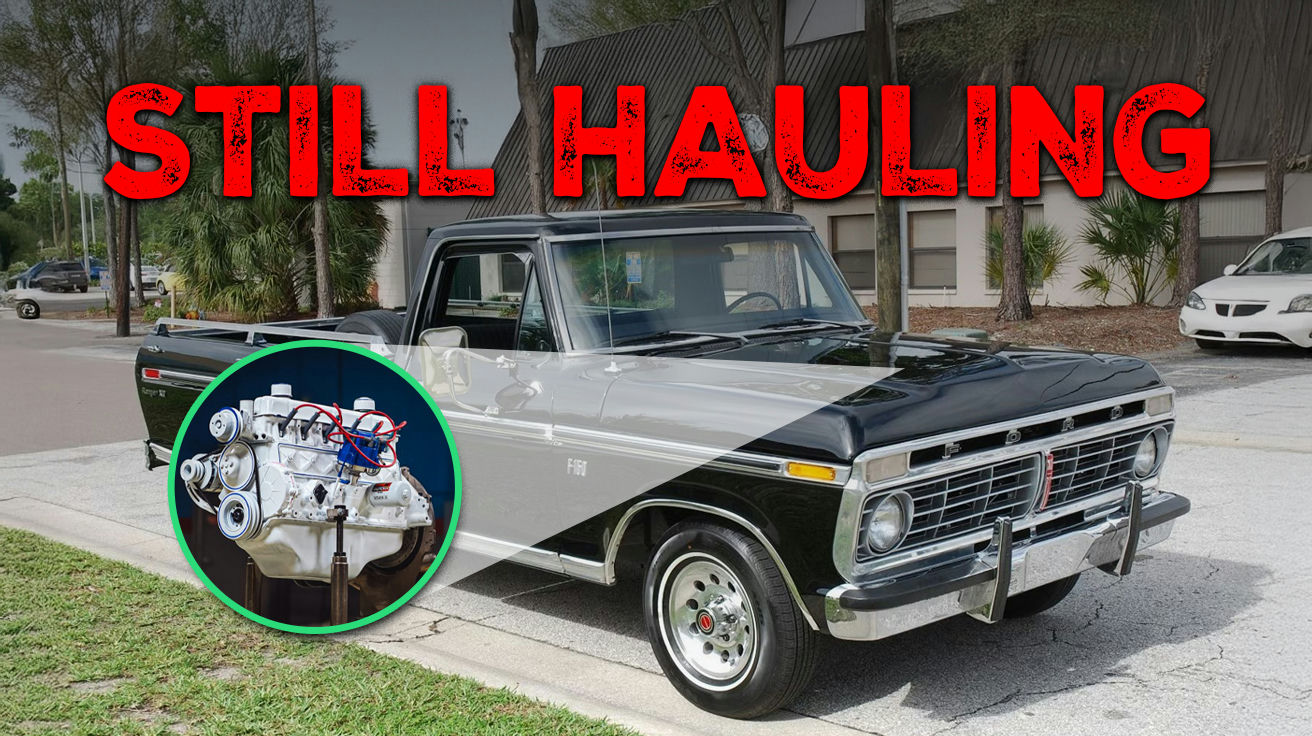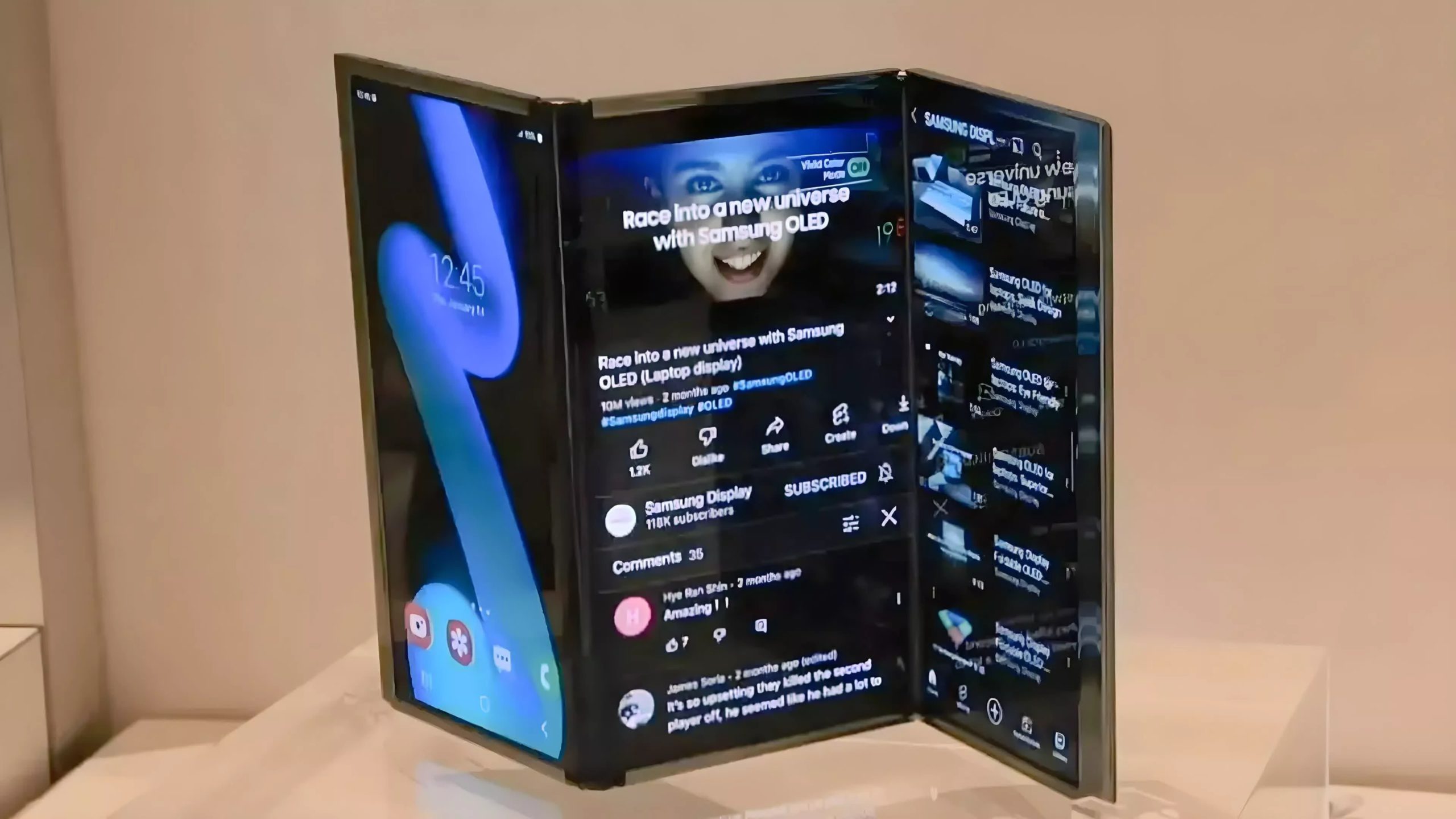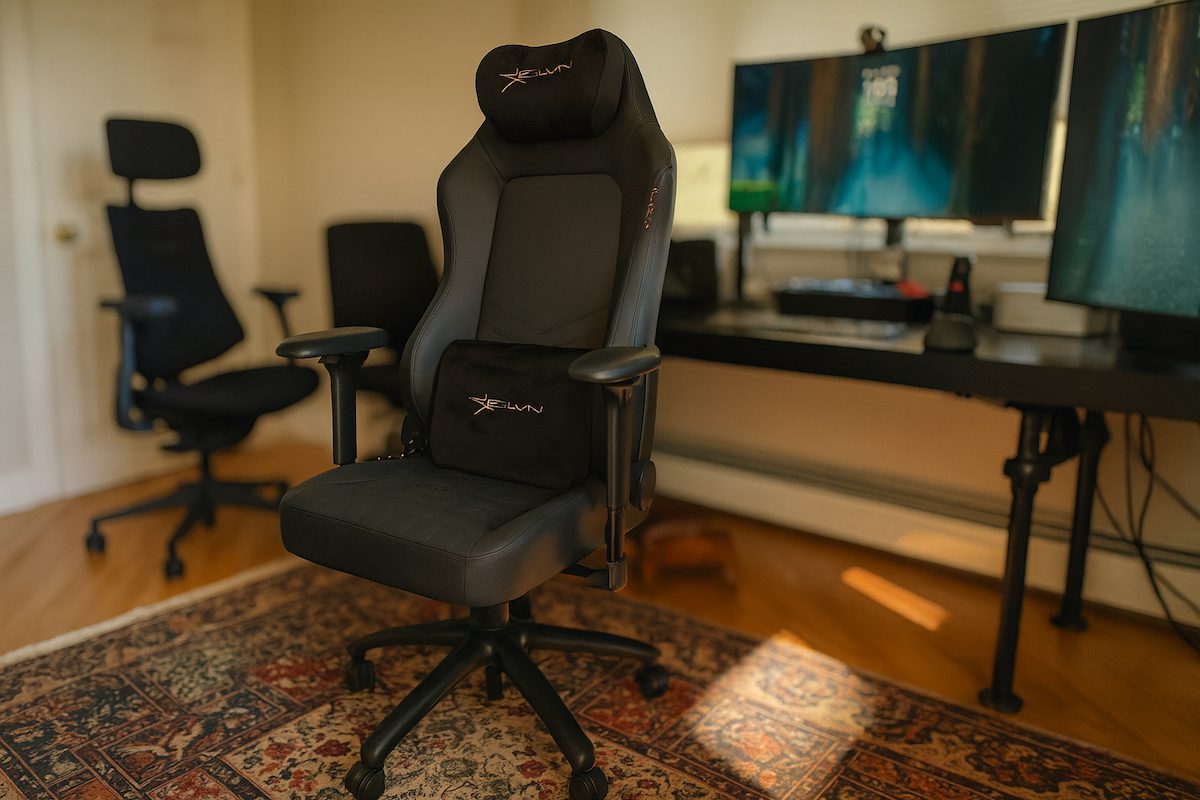Anyone who’s dealt with a blown engine knows the drill: one minute you’re cruising, the next you’re staring at a repair estimate that reads like a mortgage payment. But some engines laugh in the face of time, racking up miles like a fitness tracker on overdrive.
These mechanical marvels didn’t earn their legendary status by accident. Built with the kind of over-engineering that makes accountants weep and owners smile, they represent the sweet spot where reliability meets performance—proving that longevity is all about thriving.
10. Toyota 1UZ-FE V8
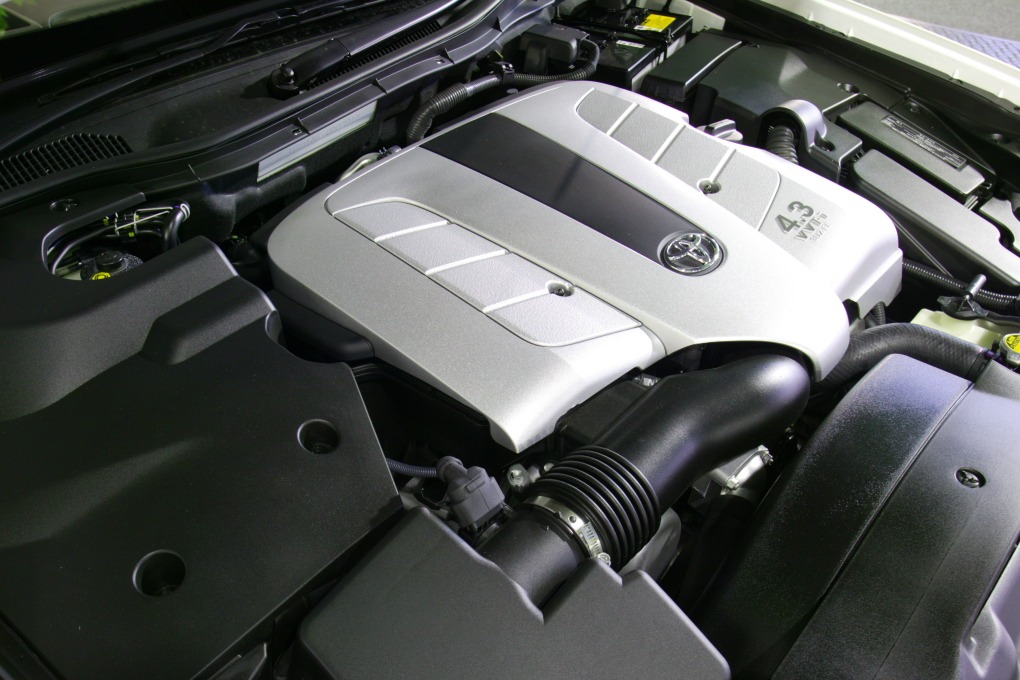
Picture this: Toyota engineers in the late 1980s decided to crash the luxury car party dominated by Mercedes and BMW. Their weapon of choice? The 1UZ-FE, a 4.0-liter, 32-valve DOHC V8 that first powered the Lexus LS400 in 1989. This all-aluminum beast featured forged steel internals and a six-bolt main bearing design so overbuilt, it makes other engines look like they’re held together with good intentions.
The proof was in the pudding—or rather, the champagne. Lexus famously balanced a pyramid of champagne glasses on an idling LS400’s engine for their TV commercials, showcasing vibration levels so minimal they bordered on supernatural. Owners regularly report 300,000 miles or more with nothing but routine maintenance, making this engine the automotive equivalent of that friend who somehow never gets sick.
9. Honda/Acura K-Series
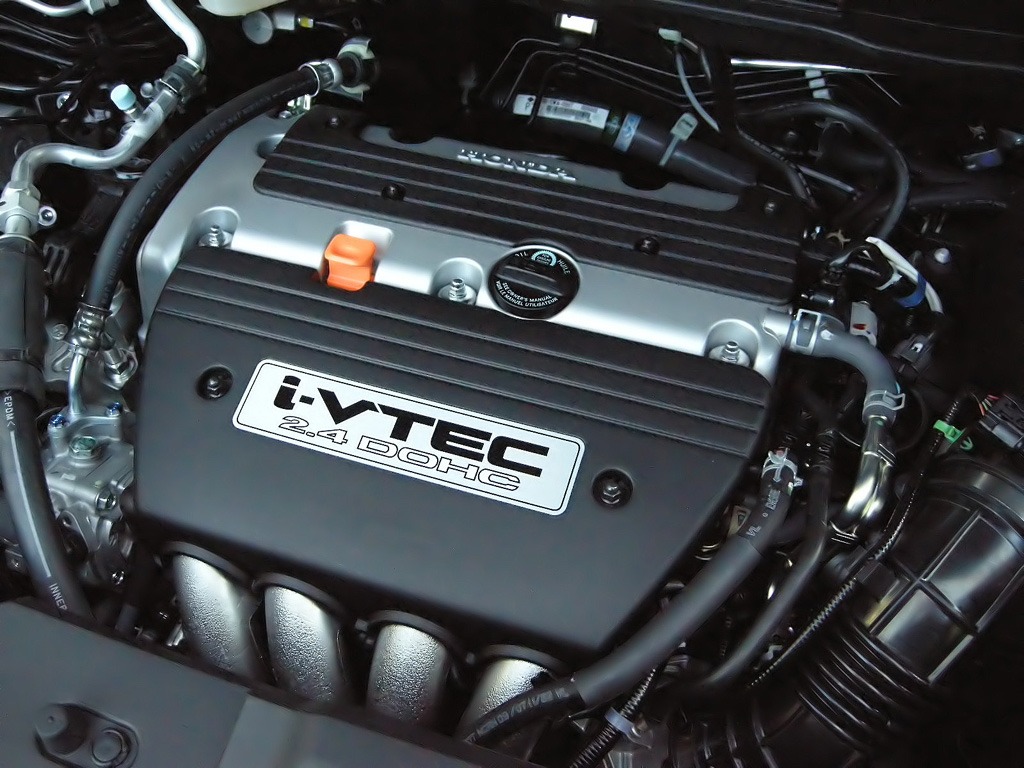
Honda’s K-series engines arrived in the early 2000s like that overachiever in school who made everything look effortless. Found in everything from Civic Si models to the legendary NSX, these VTEC-equipped powerplants combine high-revving performance with the reliability Honda built its reputation on.
What sets the K-series apart isn’t just its ability to handle abuse—it’s how it asks for more. Tuners regularly push these engines to double their stock horsepower without catastrophic failure, thanks to robust internals and Honda’s obsessive attention to metallurgy. When your engine can handle a teenager’s lead foot and still purr like a satisfied cat, you know the engineers did something right.
8. Chevrolet LS Series
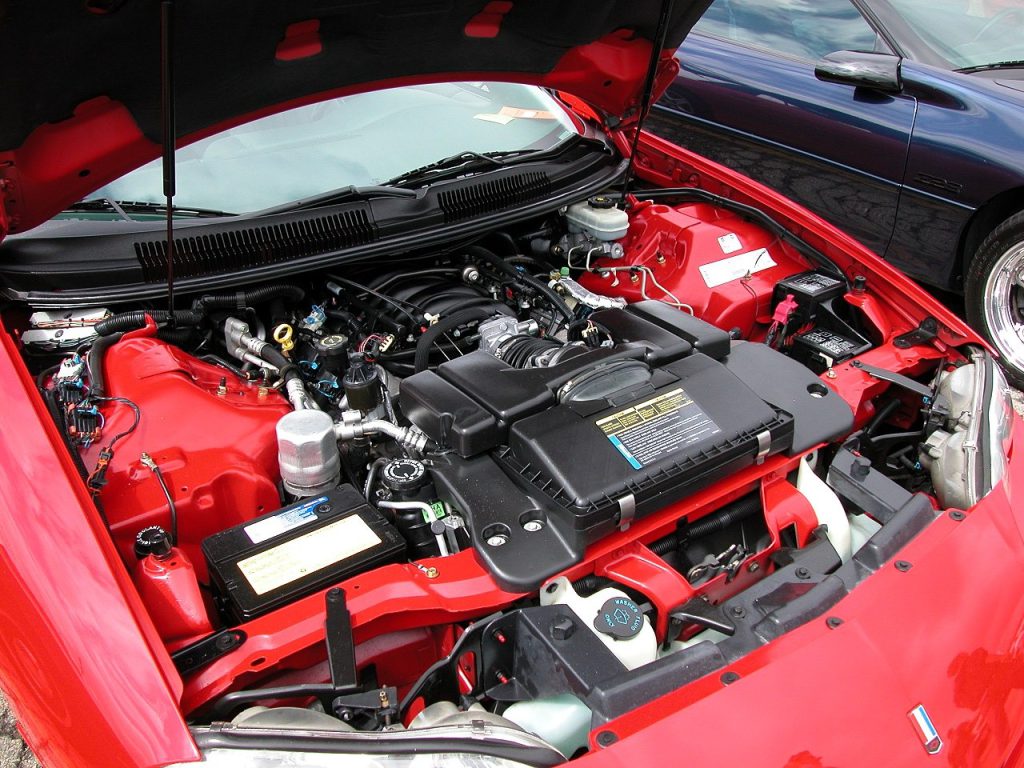
General Motors dropped the LS1 in 1997, and suddenly every other manufacturer’s engineering department had some explaining to do. This 5.7-liter small-block V8 managed to be lighter, more compact, and more efficient than its competitors while producing serious power—like showing up to a marathon in flip-flops and still winning.
The LS architecture’s genius lies in its simplicity. Two valves per cylinder, pushrod actuation, and aluminum construction create an engine that’s both powerful and practically bulletproof. Whether it’s powering a Corvette at the track or sitting in a work truck hauling materials, the LS just works. After 25 years and countless variations, it’s still the engine swappers reach for first.
7. BMW M50/M52/S50 Series
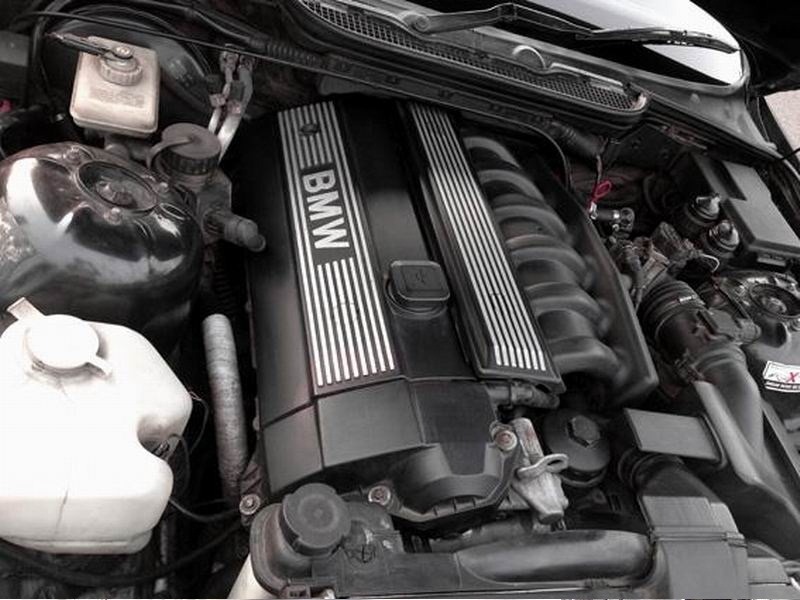
BMW’s inline-six engines from the 1990s represent peak German engineering before electronics took over everything. The M50, M52, and S50 series powered everything from the humble 325i to the legendary E36 M3, delivering the kind of smooth power delivery that makes driving feel like conducting an orchestra.
These engines feature individual throttle bodies, sophisticated valve timing, and metallurgy that could probably survive a nuclear winter. Maintenance isn’t exactly cheap, but when done properly, these powerplants routinely exceed 200,000 miles while still delivering the kind of performance that makes modern turbo fours feel inadequate.
6. Mazda 13B Rotary
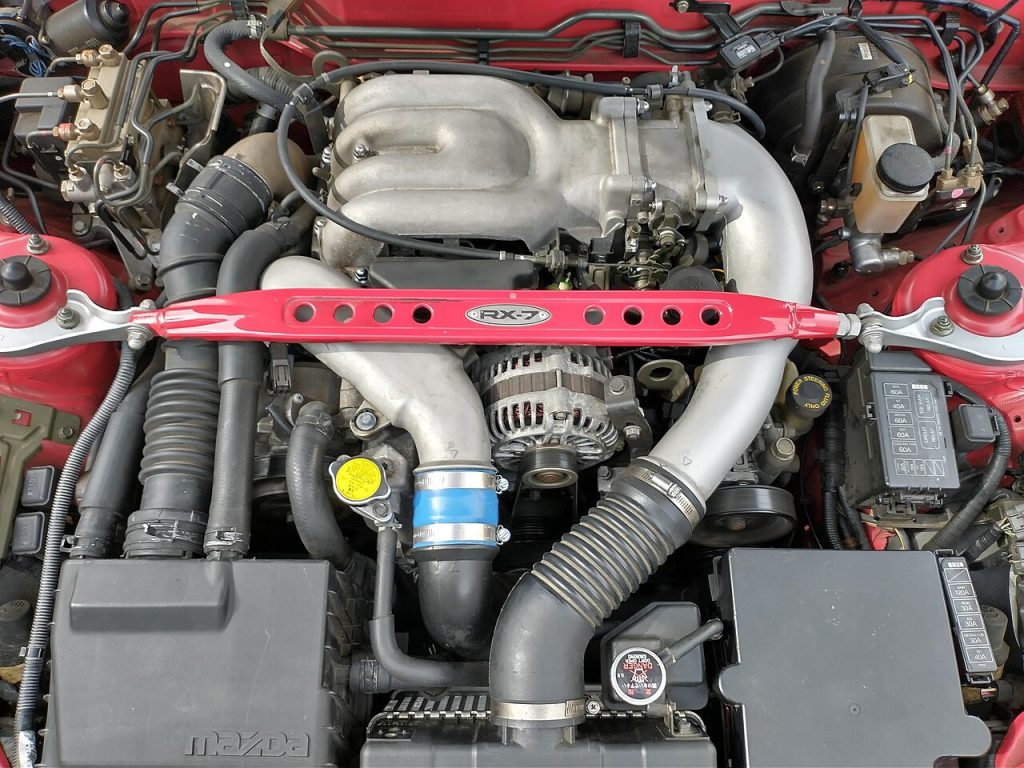
Mazda’s rotary engines break every rule about conventional powerplants, yet somehow work brilliantly when treated right. The 13B, which powered the legendary RX-7 through three generations, uses triangular rotors instead of pistons—like someone looked at traditional engine design and said, “Let’s try something completely different.”
Yes, apex seals require attention, and yes, they drink oil like a freshman at spring break. But maintain them properly, and these engines deliver decades of high-revving, smooth power that sounds like nothing else on earth. The fact that Mazda brought rotaries back for the RX-8 proves some love affairs never really end.
5. Jeep 4.0L AMC Inline-6
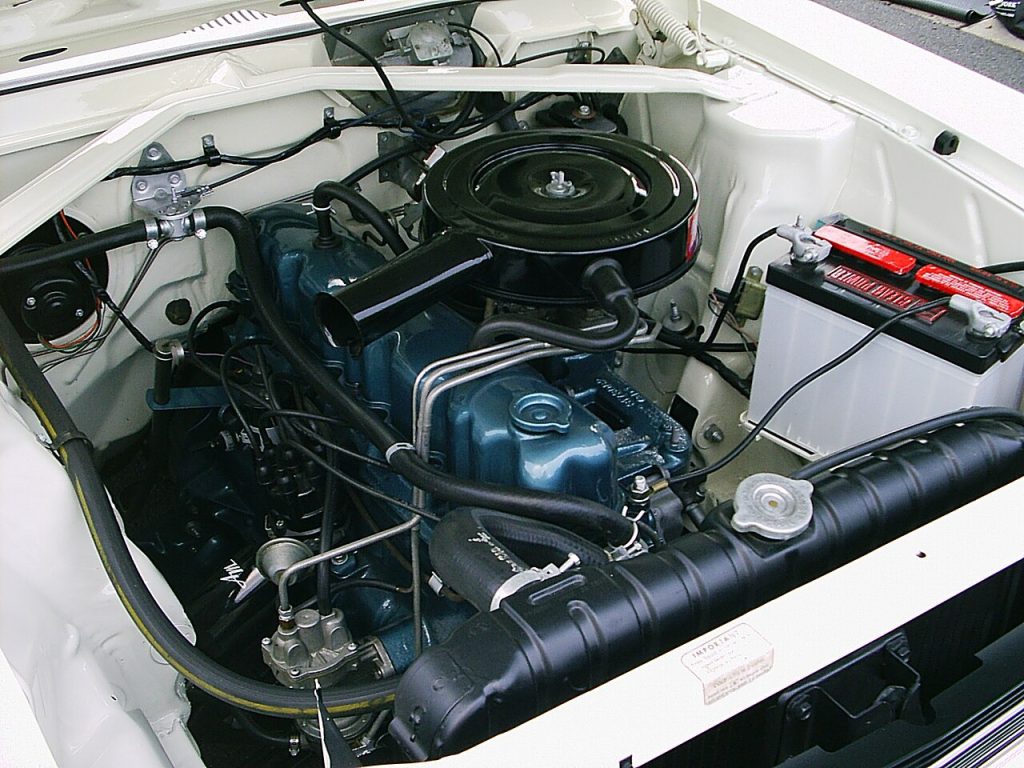
American Motors Corporation’s 4.0-liter inline-six debuted in 1986 and immediately became the automotive equivalent of a reliable golden retriever—not the prettiest, but absolutely dependable. This cast-iron beast powered Jeep Cherokees, Wranglers, and Comanches through some of the harshest conditions imaginable.
The secret sauce? Simplicity and robust construction. With a design dating back to the 1960s, the 4.0L features few electronic complications and plenty of metal where it counts. Owners regularly report 300,000+ miles with nothing more than regular oil changes and the occasional water pump replacement. It’s the engine equivalent of comfort food—not fancy, but it gets the job done.
4. Subaru EJ20/EJ25 (Non-Turbo)
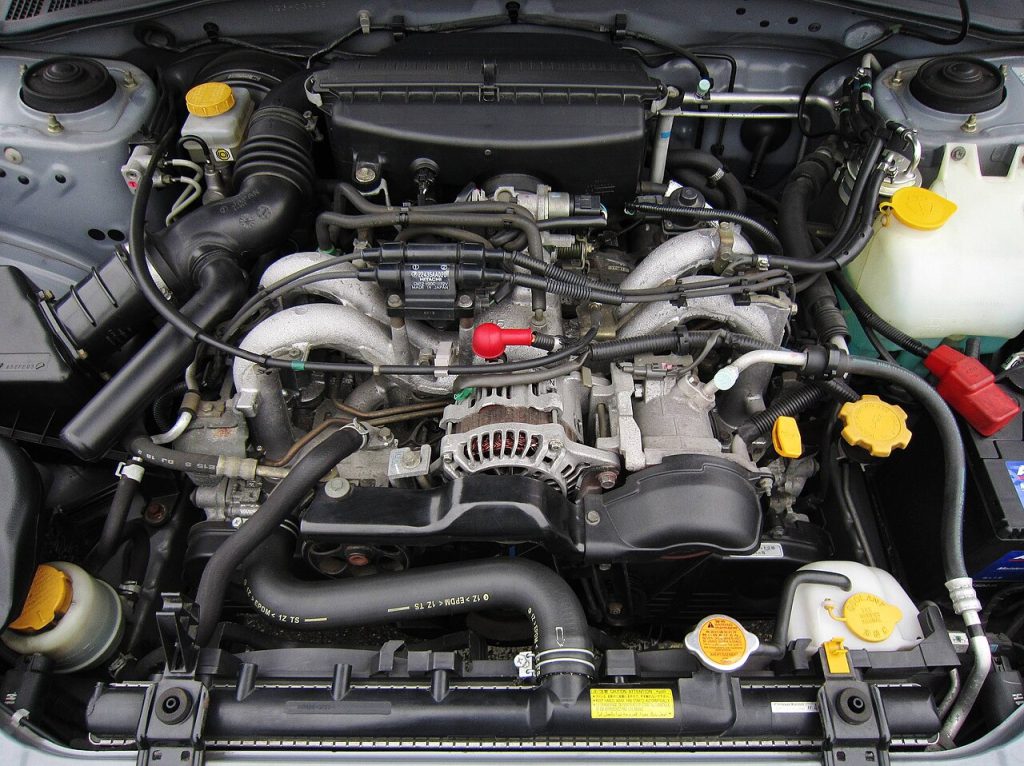
Subaru’s boxer engines might sound like angry washing machines, but their unique horizontally opposed design creates a low center of gravity and inherent balance that conventional engines can’t match. The naturally aspirated versions of the EJ20 and EJ25, found in countless Outbacks and Foresters, represent Japanese engineering at its most practical.
These engines aren’t about flashy performance—they’re about getting families to soccer practice through blizzards for 20 years straight. The boxer layout means lower vibration and better weight distribution, while Subaru’s conservative tuning ensures longevity over excitement. Head gasket issues plagued some years, but proper maintenance typically prevents major problems.
3. Volvo B230F Turbo
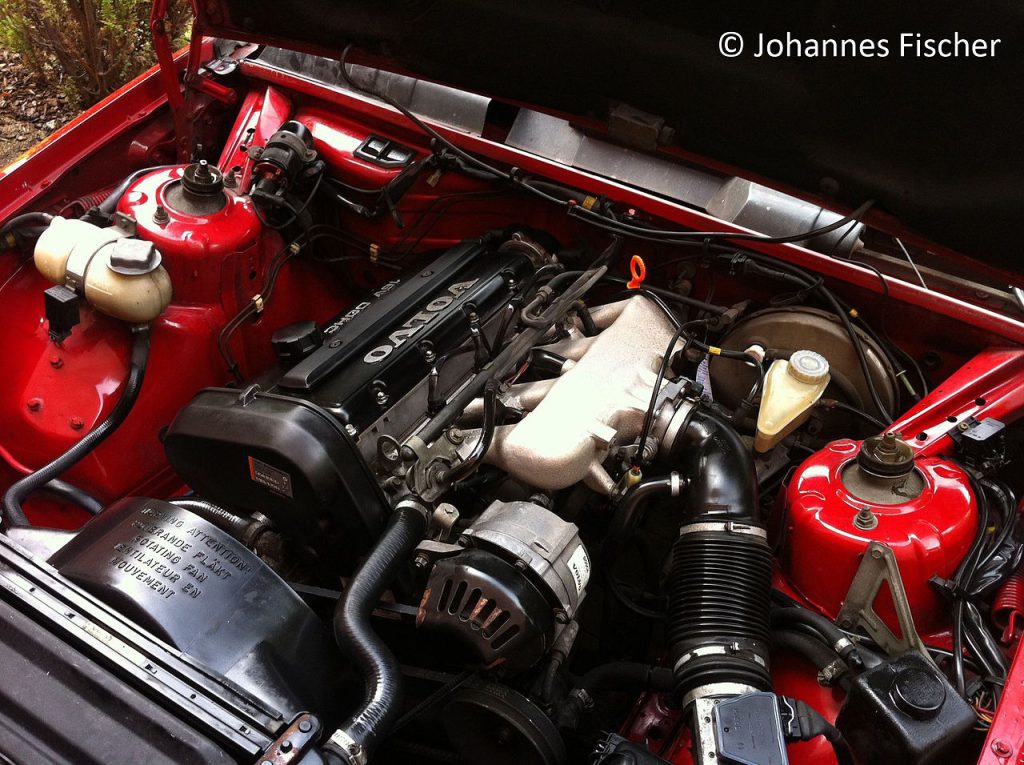
Volvo’s 2.3-liter turbocharged four-cylinder powered 240s, 740s, and 940s through the 1980s and 1990s, earning a reputation for durability that bordered on the supernatural. This engine was designed by engineers who apparently believed cars should outlast their owners—and they frequently do.
The B230F features a robust iron block, simple fuel injection, and conservative boost levels that prioritize longevity over peak power. Stories of these engines running 400,000+ miles are so common they’re practically boring. In a world of complex turbocharged motors that need premium fuel and constant attention, the B230F runs happily on regular unleaded and basic maintenance.
2. Mercedes-Benz M104 Inline-6
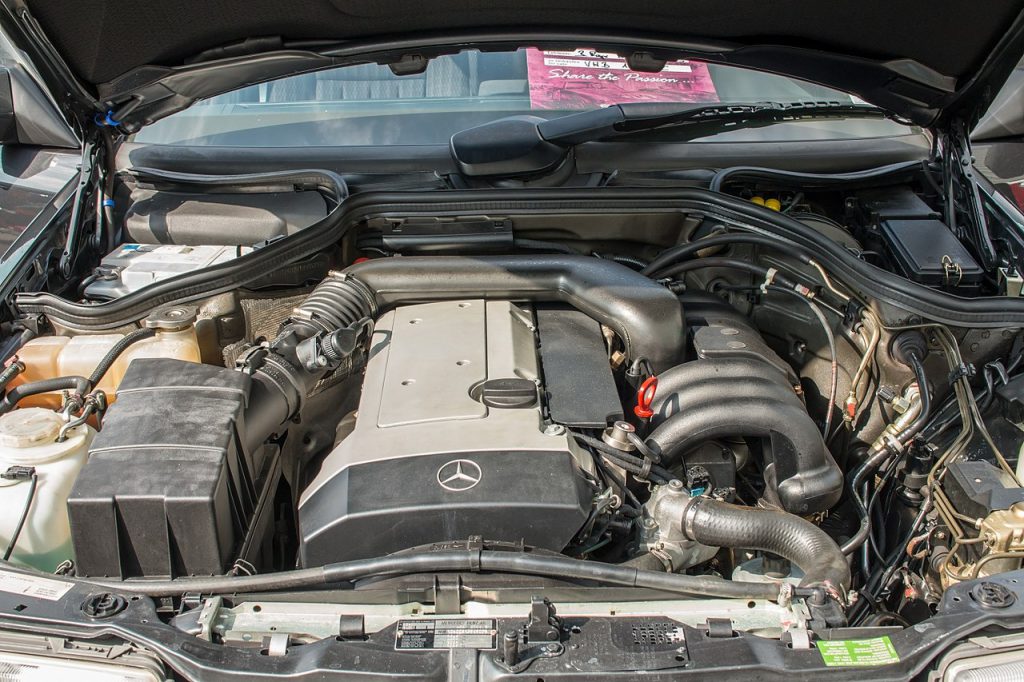
Mercedes introduced the M104 3.2-liter inline-six in 1990, and it immediately became the benchmark for smooth, refined power delivery. Found in everything from the C-Class to the SL roadster, this engine combines typical German over-engineering with Mercedes’ obsession with longevity.
The M104 features dual overhead cams, sophisticated engine management for its era, and build quality that makes other engines look like student projects. Regular maintenance is crucial—this is a Mercedes, after all—but owners who keep up with services report engine life exceeding 300,000 miles with minimal drama. It’s proof that German engineering stereotypes exist for good reason.
1. Ford 300 Inline-6
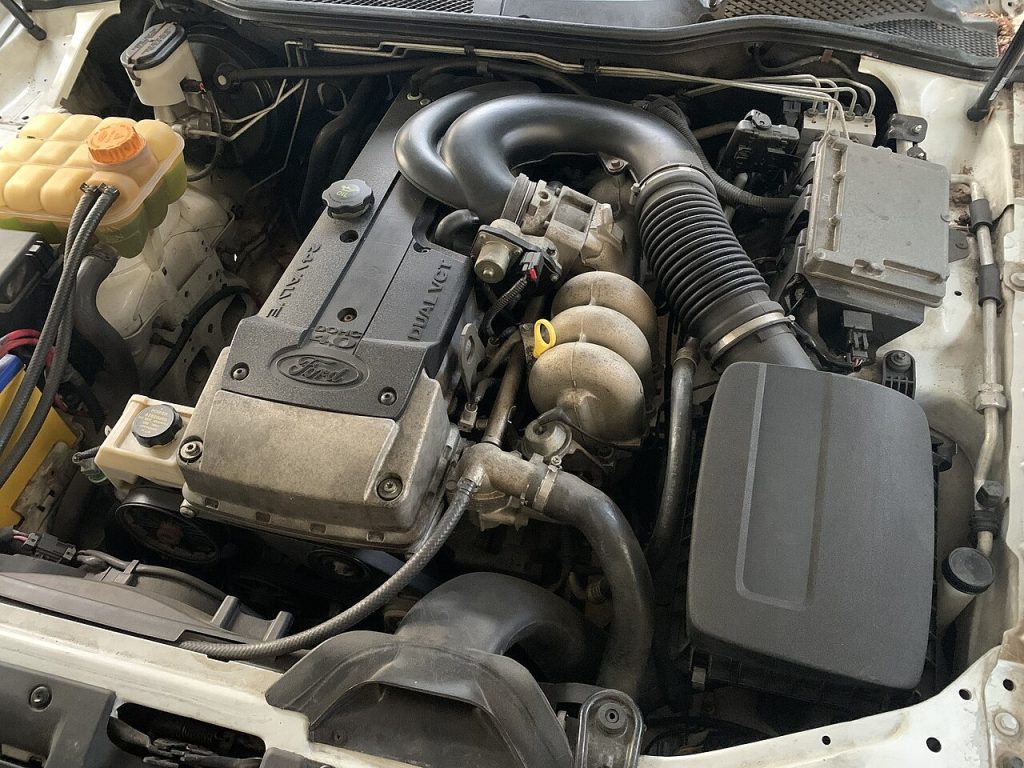
Ford’s 300-cubic-inch inline-six might be the most underrated engine ever built. Introduced in 1965 and produced through 1996, this cast-iron dinosaur powered countless F-150s, Econoline vans, and farm trucks through decades of hard work without complaint.
The 300’s design prioritizes torque over horsepower, making it perfect for hauling loads and working for a living. With seven main bearings, conservative valve timing, and construction that could probably double as agricultural equipment, these engines routinely exceed 300,000 miles with basic maintenance. They’re not fast, they’re not fancy, but they’re virtually indestructible—the mechanical equivalent of a trusty work boot.


